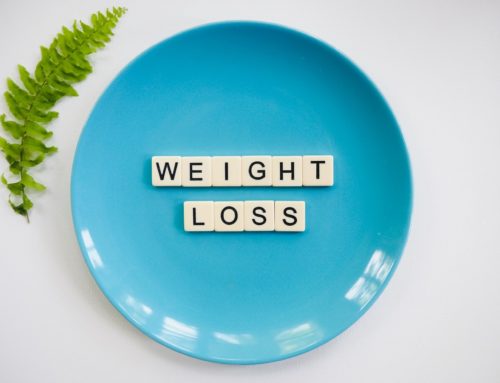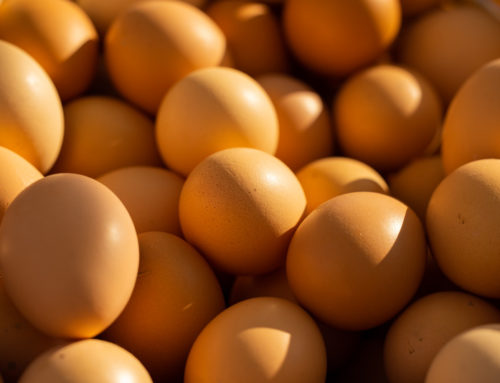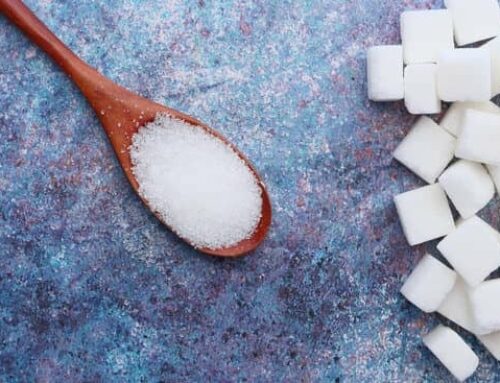The Calorie Myth
What should I eat? How many calories per day should I have?
Most diet and exercise programs are based on us “counting calories” and assuming all calories are created equal. What if this were not quite true?
This way of thinking goes back to the 1870’s and the science of the First Law of Thermodynamics. We learn from Wikipedia, “The first law of thermodynamics states that energy can be transformed, i.e. changed from one form to another, but cannot be created or destroyed. It is usually formulated by stating that the change in the internal energy of a system is equal to the amount of heat supplied to the system, minus the amount of work performed by the system on its surroundings.”
Sounds good in theory, but what about the real world – the human body? Does it apply to the human body? If it does then the logical conclusion is what we have so often heard – the calories we consume through eating we need to burn through activity. Otherwise, these calories will store as fat and we will gain weight. But, what if it does not work that way?
Consider the following – we are told that if we eat x less calories per day we will lose y number of pounds over a certain period. Here’s the actual numbers. We’re told that to lose one pound we need to burn or cut 3500 calories. If we want to lose a pound a week we can cut 500 calories per day from our diet. Therefore, it is only logical if we maintain that restricted calorie diet we will eventually melt away to nothing (if you started at 300 pounds this would take six years!). Since we have never seen anyone disappear we can conclude that it may not work that way.
Also during this period there was another scientific breakthrough. Scientists were able to assign specific calorie counts to specific foods through the use of a new breakthrough – the bomb calorimeter. Here is how it works. In one compartment a substance is burned. This is surrounded by water in another chamber. As it burns it gives off heat. The heat is measured.
The temperature increase in the water is converted into calories. The energy needed to raise a liter of water 1 degree is a kilocalorie (that we have shortened to “calorie” further confusing us). Thus telling us how many calories that food potentially stores.
This leads us to two key questions. First, does our body work like a bomb calorimeter? And, second are all calories the same? Are all calories used for energy and therefore the same independent of the food we eat?
To the first question I think it is safe to conclude that our body is not a bomb calorimeter. End of story. But for argument’s sake and to address the second question, let us assume that it does. Does the body treat all calories equally?
While you will read and hear many distinguished authors citing many studies supporting the notion that a calorie is a calorie is a calorie does this really make sense? Let us take a logical approach.
A hardboiled egg has 75 calories. Approximately one slice of bread or a quarter of a bagel has 75 calories. One bite of a chocolate covered donut or a piece of cake has 75 calories. Who really believes that these 75 calories will have the same impact in your body after you eat them? I don’t think so and shortly you will see why.
Let us return to the calorimeter for a minute. Here is what was found. Carbohydrates had 4.2 calories per gram. This was rounded down to the familiar 4.0 that we know of today.
Proteins had 5.0 calories per gram. They were rounded down to 4.0 due to some perceived inefficiencies of how they burn.
Fats had 9.2 calories per gram which was rounded down to 9.0.
This gives us the numbers that we are all familiar with: 4 calories per gram of carbohydrate and protein and 9 calories per gram of fat. Simple conclusion – eat too much fat and you get fat.
Well, to start with, the figures are misleading! Let us look at fats first.
Different fats have different amounts of calories depending upon saturation levels. Further studies have shown that polyunsaturated fats have 9.1 calories per gram, animal fats range from 6.5 to 8.0 calories per gram, while cocoa butter (the most saturated of fats) has 5.5 calories per gram.
Now let us turn our attention to carbohydrates. As we learned earlier your body operates with a very simple equation: carbohydrates = sugar. All carbohydrates (both “simple” and “complex”) are ultimately broken down into simple sugars.
To accomplish the conversion to simple sugars your body uses a process called hydrolysis in which water is added to the chemical reaction. This causes total mass to increase which actually creates more calories! So, simple sugars really have 4.2 calories per gram, yet starches (the more complex carbohydrates) have 4.44 calories per gram. Also note that soluble fiber has 2.0 calories per gram.
What does this mean? We are getting significantly more calories per gram of carbohydrate than we may think.
Now for the grand finale! This whole theory assumes that all calories we consume are used for energy. This too simply is not true.
As we saw protein is used for a variety of body building functions. In fact very little protein is used for energy. We could even possibly say that these calories do not count. Think about the Atkins diet. It includes lots of protein, yet people lose weight. In fact they are told to eat as much as they want and still lose weight.
Next, let us look at fat. Fat too is used for other functions besides energy. So, in reality, only some of these calories truly count.
And here is the important point – it is only carbohydrates where all the calories count! Many studies have shown that the number of calories is insignificant compared to their composition. People can gain or lose weight on calories ranging from 1000 to 4000 calories per day. It is all about how much fat, protein, and carbohydrate are in the diet!
If you’d like to read more about this topic I refer you to books written by Barry Groves – “Trick and Treat: how healthy eating is making us ill” and “Natural Health and Weight Loss.”







